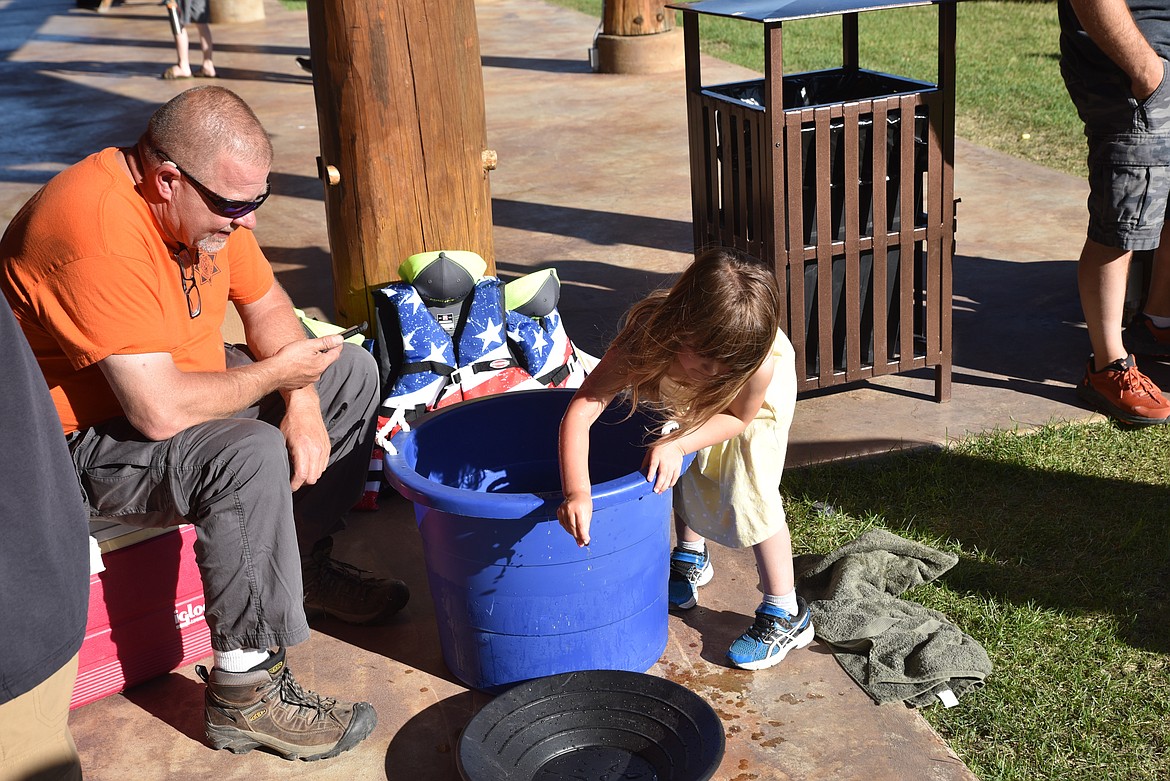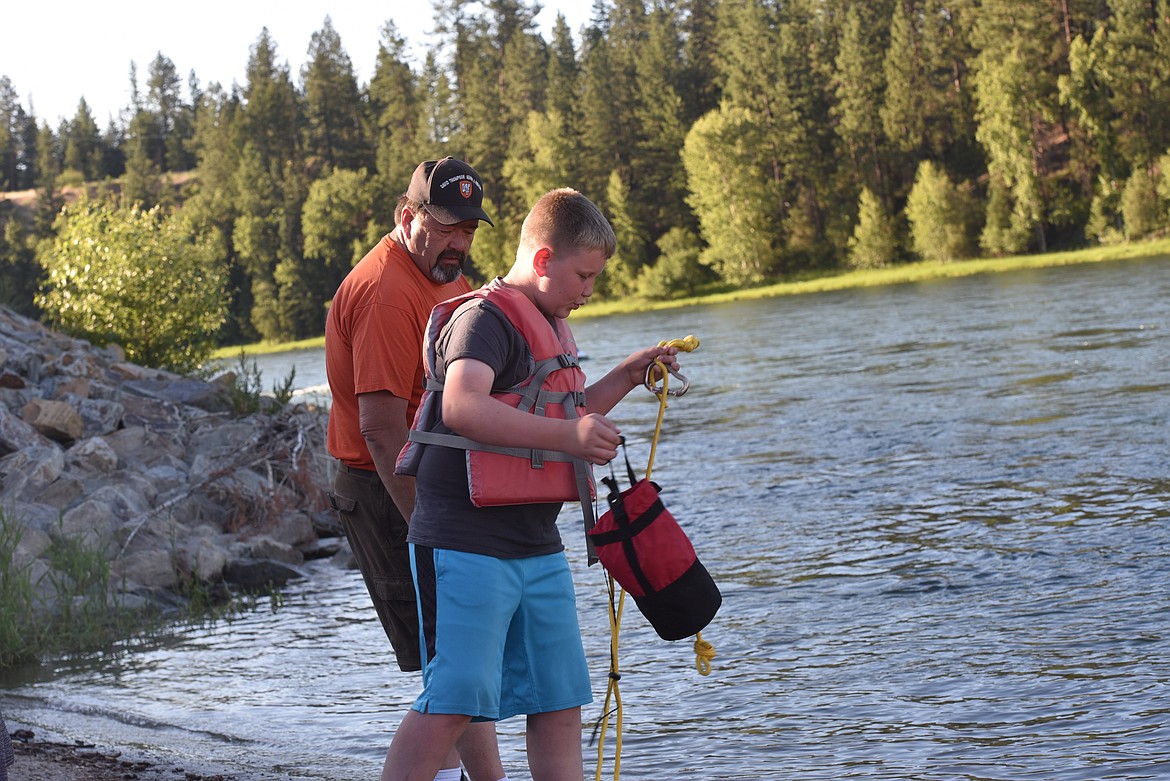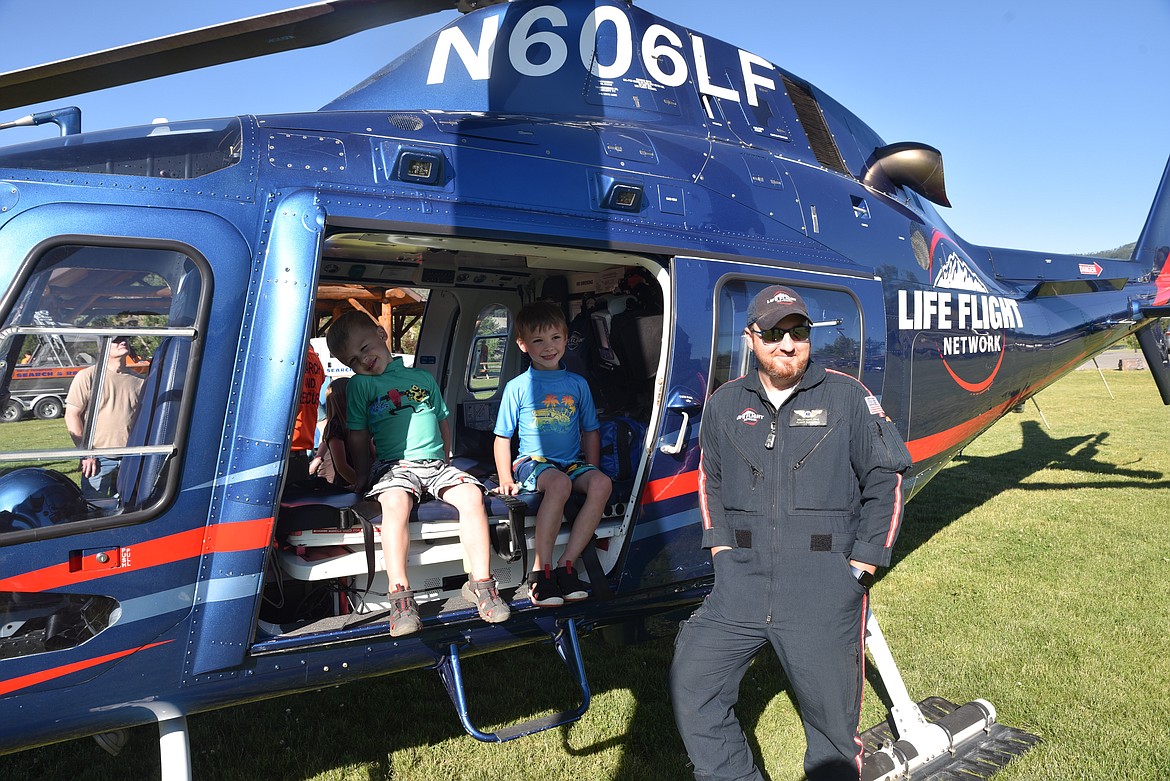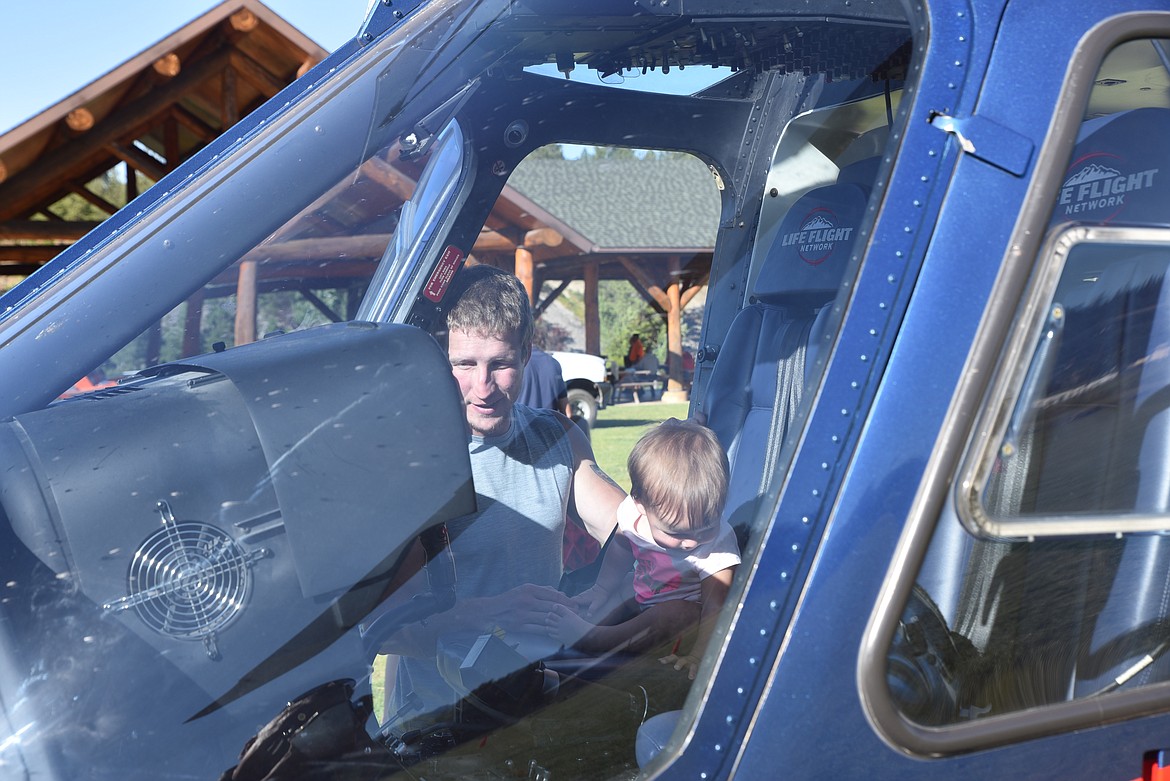Thompson SAR shares water safety information
It is not intended to be a seat cushion.
But many people use a personal flotation device as just that...
Become a Subscriber!
You have read all of your free articles this month. Select a plan below to start your subscription today.
Already a subscriber? Login






